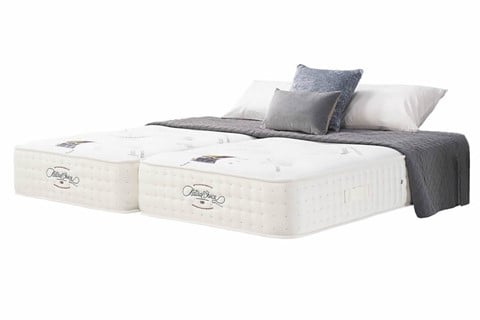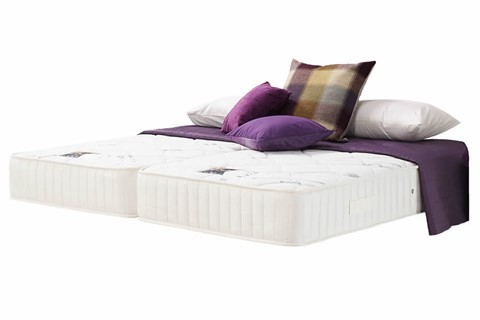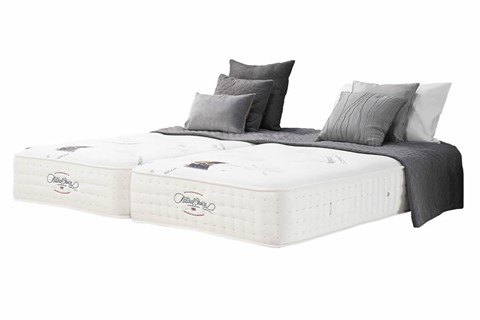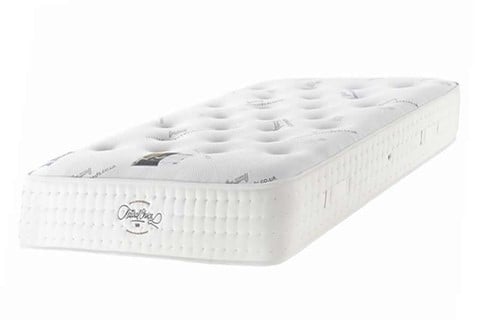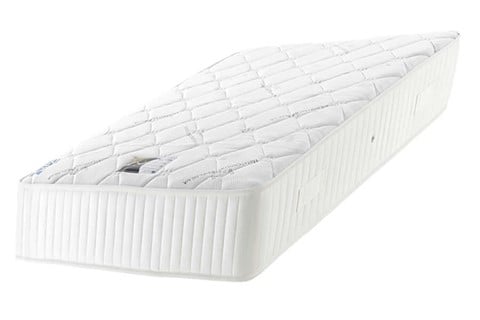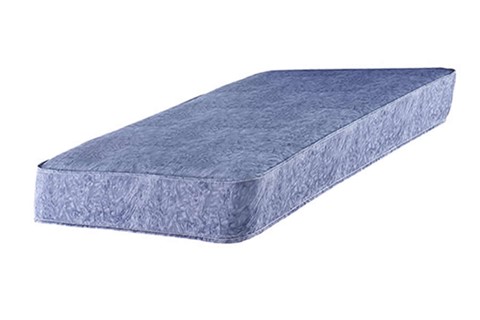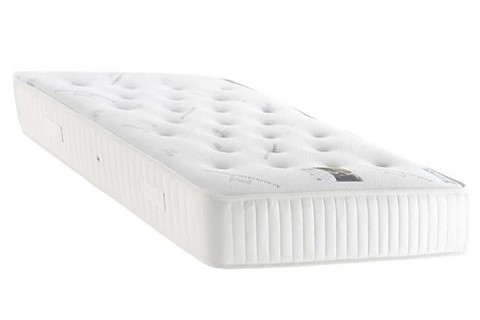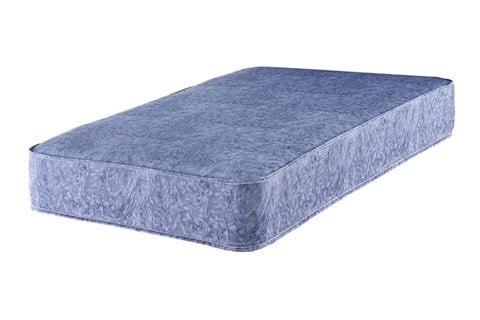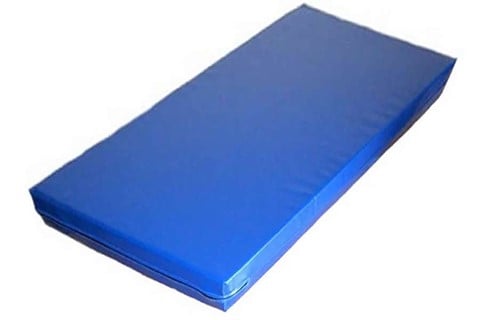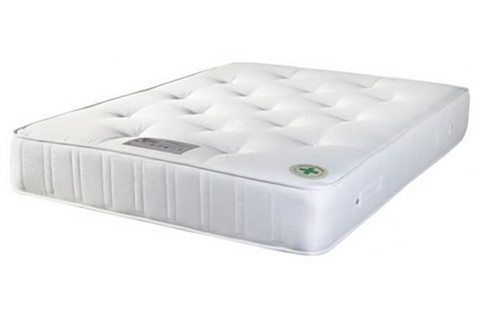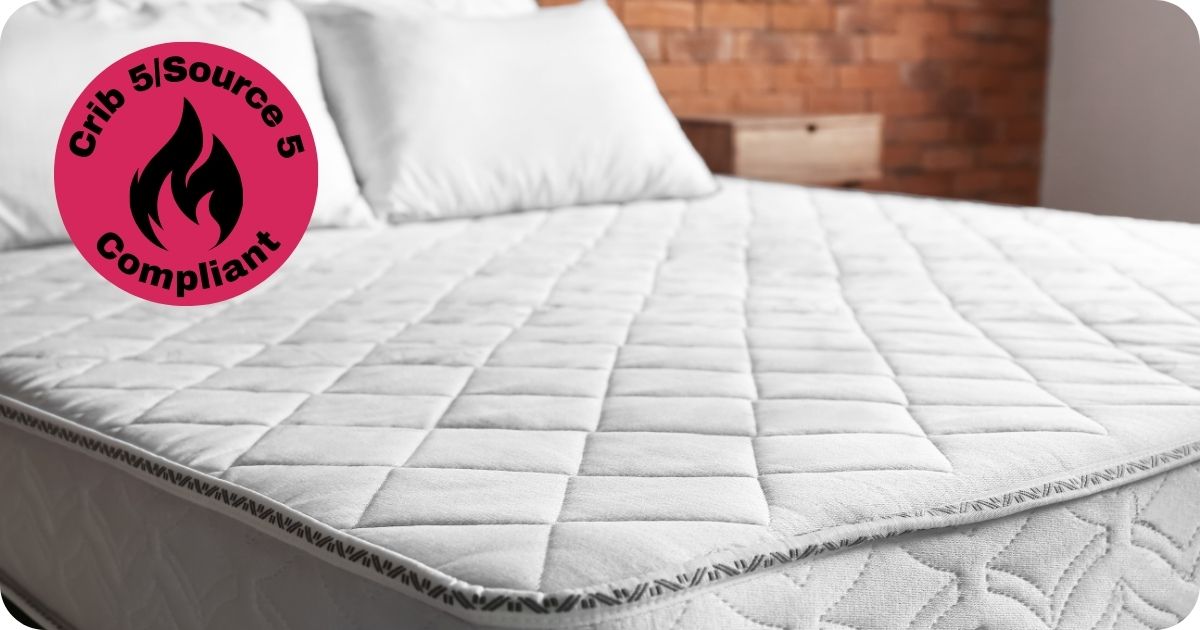The B&B Owner's Guide to Mattresses: Choosing the Right Bed for Guest Comfort
As a B&B owner, providing a restful night's sleep is paramount to ensuring guest satisfaction and encouraging repeat visits. The choice of mattress plays a crucial role in this experience, directly impacting comfort, support, and overall guest impressions.
Selecting the ideal mattress for your bed and breakfast involves balancing comfort, durability, and compliance with industry standards. Unlike domestic mattresses, those used in hospitality settings must withstand frequent use and meet specific fire safety regulations.
In this comprehensive guide, we'll explore the various types of mattresses suitable for B&Bs, delve into essential terminology, and discuss regulatory requirements to help you make informed decisions. Whether you're furnishing a new establishment or upgrading existing beds, understanding these factors will ensure your guests enjoy a comfortable and safe stay.
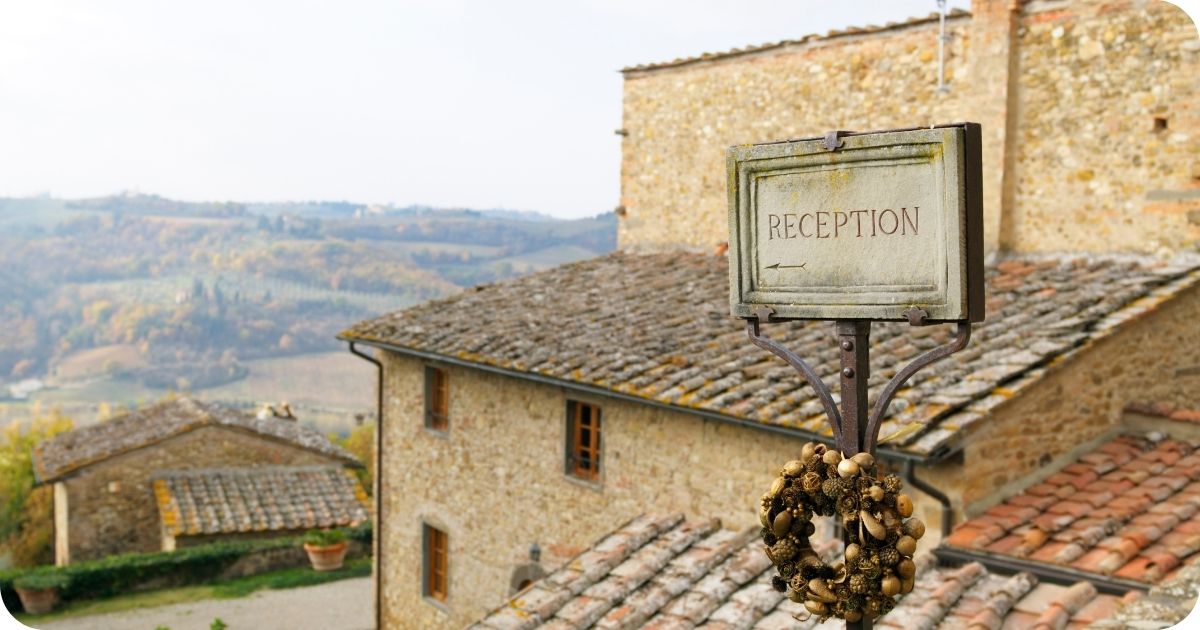
What Makes a Good Mattress for B&Bs?
When running a bed and breakfast, your guests' sleep experience can directly influence reviews, ratings, and return bookings. That’s why it’s essential to invest in mattresses that meet the specific needs of the hospitality industry—not just what you might use at home.
Key Features to Look For:
- Durability: B&B mattresses need to handle far more use than domestic ones. Look for robust construction, reinforced edges, and high-quality materials like pocket springs or high-density foam that can maintain shape and comfort over time.
- Comfort: A medium to medium-firm feel tends to suit the widest range of guests. Pocket sprung mattresses are a popular choice because they offer excellent support while adapting to each sleeper’s body.
- Easy Maintenance: Look for mattresses with breathable covers or anti-bacterial properties to promote hygiene. Removable, wipeable covers or mattress protectors can also be a big plus for turnaround efficiency.
- Fire Safety Compliance: All mattresses used in hospitality settings must meet UK fire safety regulations—specifically Crib 5 (Source 5) standards. This ensures the mattress is flame-retardant and legally safe for use in guest accommodation.
Types of Mattresses Suitable for B&Bs
Choosing the right mattress type is key to offering comfort, flexibility, and long-term value. Here are the most common options available for B&B owners:
Zip and Link Mattresses
Zip and link mattresses are a popular choice for B&Bs due to their versatility. They consist of two separate mattresses that can be zipped together to form one larger bed—typically a king or super king size—or separated to create two singles. This allows you to adapt rooms easily depending on whether you're hosting couples, families, or solo travellers.
Zip and link beds don’t compromise on comfort. High-quality models provide a seamless sleeping surface when joined and offer excellent motion isolation when separated. They’re ideal for maximising occupancy without sacrificing the guest experience.
